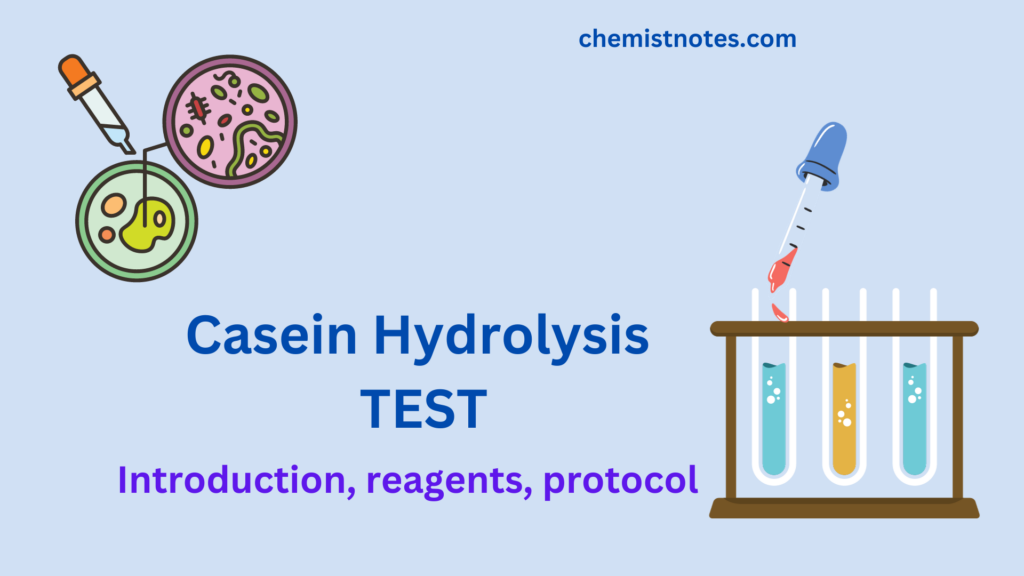Table of Contents
ToggleSatellitism test is reported that aims to make it easier to isolate and identify Haemophilus influenzae and Haemophilus parainfluenzae. Haemophilus influenzae is a picky bacterium that needs both NAD or NADP (V factor) and X factor (haemin) to develop. Nicotinamide adenine dinucleotide is added to the basal medium at a 0.2 micro gram per milliliter concentration, which is sufficient for H. influenzae but not H.
Marriam Webster: Sat·el·lit·ism ˈsat-ᵊl-īt-ˌiz-əm: the growth of one species of bacteria in culture among colonies of another type that provide necessary growth factors or micronutrients.

What is Satellitism Test?
Satellitism test is used to identify Haemophilus influenzae. When Staphylococcus aureus grows in culture media containing blood, it releases hemin and creates NAD as a metabolic byproduct while lyzing red blood cells. Consequently, a process known as “satilling” may occur when Haemophilus species develop on sheep blood agar extremely close to Staphylococcus aureus colonies.
Principle of Satellitism test?
For growth, H. influenaze needs both X and V factors. When grown on 5% sheep blood agar, which has X factor but no V factor, the majority of strains of Haemophilus species do not grow. When Staphylococcus aureus grows in culture media containing blood, it releases the V factor as a metabolic byproduct. Therefore, on sheep blood agar, Haemophilus species may grow very close to Staphylococcus aureus colonies (as V factor); this occurrence is known as satelliting, and the test used to identify it is termed the satellitism test.
History of Satellitism test?
About 100 cases of platelet satellitism (PS) have been documented to far, with Field and McLeod reporting the first case in 1963 (5,6). Platelets encircling neutrophils in vitro is known as PS, and it happens in blood samples that have just been anticoagulated with K3EDTA at room temperature.
Materials required
Sheep blood agar plates, an incubator, a culture of S. aureus, peptone water, tryptic soy agar, swab sticks, and an inoculating loop are among the suspect H. influenzae colonies.
Protocol of Satellitism test?
The protocol of satellitism test are discussed below:
- Gloves must be wear first.
- One loopful of suspected Haemophilus colonies should be mixed with about two milliliters of sterile physiological saline or sterile peptone water.
- No media made of chocolate agar is moved must be ensure.
- The organism is inoculated and suspension onto a plate of blood agar and nutrition agar (or tryptic soy agar) using a sterile swab stick.
- Pure S. aureus is applied culture to every plate that has been infected.
- For 18 to 24 hours, both plates is incubated at 35 to 37°C in an environment enhanced with CO2.
- The culture plates is checked for colonies of satellites and growth.
Observation and Interpretation
Haemophilus influenzae colonies are suspected if:
1) Growth is observed in the blood agar plate.
2) The colonies closest to the S. aureus growth column are bigger than those farthest away.
Application of Satellitism test
The application of satellitism test are:
- To determine which Haemophilus species are isolated as Haemophilus influenzae.
- To separate Haemophilus species from Brucella species.
References
http://Cowan & Steel’s Manual for identification of Medical Bacteria






